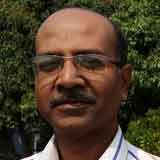"Indigenous paddy cultivation can save generations from disease and death", pens Dr. Anupam Paul
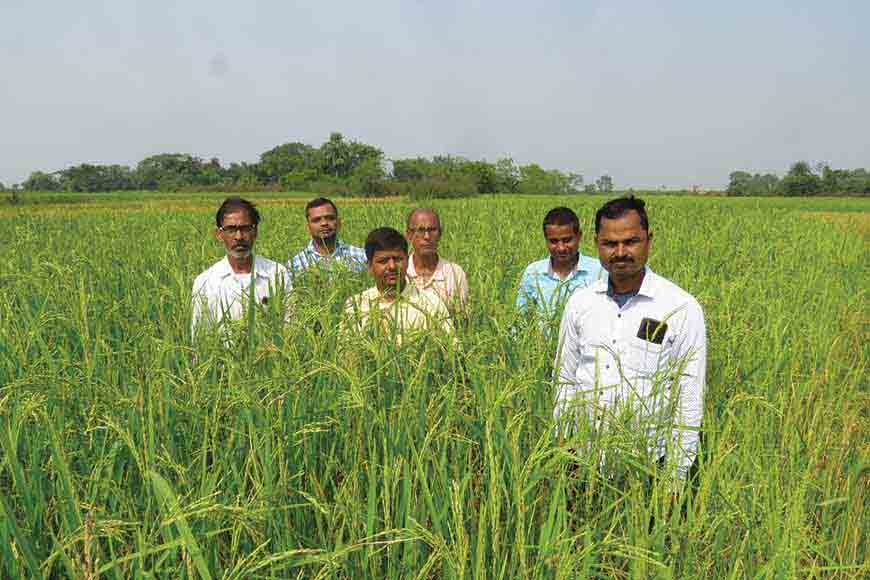
For almost 17 years now, I have single-handedly collected almost 400 seeds of indigenous paddy, out of which 14 varieties are from Bengal itself. In 2002, thanks to Dr Dhabaleshwar Konar, the organic farm that I had developed in Phulia got recognition as one of the best bio-diverse farms of India. As per Indian laws on Organic Food and Farming, such farms cannot use pesticides and chemical fertilizers. Hence, the vision and dream of growing paddy organically, that I had started years ago, finally got the government approval. Unfortunately, there were many in my own peer group, who did not like my good work. They were naturally upset at the success of the farm. However, I had many well-wishers too, who wanted me to write a book on organic farming to help spread the idea far and wide.
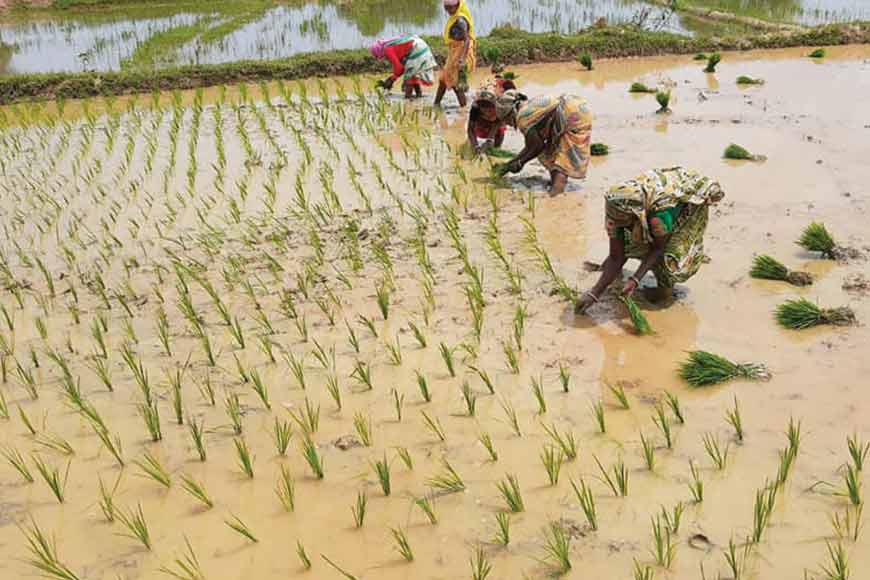
I realized to spread such cultivation further, we need to build up more seed banks, atleast 26-30, that can run as farmer cooperatives. Since 2010, even use of organic fertilizers have stopped in Phulia. The paddy varieties are doing fine even in one inch water flooded fields. The yield is quite high and most varieties are insect resistant too.
After four years, in 2007, my book Krishi bhabna o Durbhabna was published and launched at the Kolkata Book Fair. This 200-page book had around 171 references, all taken from my decades of research with paddy seeds. I am working on another book that will be a learning lesson for many farmers who wish to do organic farming. It will answer to many queries that often come up while practicing this kind of farming. While doing this book I came across Dr Mrinal Kanti Bose, Prof Manik Chandra Kabi of BCKV and Prof Tapas Ghosh of Bose Institute. I had also come across legendary agro- scientist Prof Rathin Narayan Bose who was the Chairman of State Agriculture Commission between 2007-09. I met Prof Tarun Kanti Bose, Prof Chandan Sengupta of Kalyani University and each of these associations further enriched my knowledge about organic farming. I went on working with paddy like Kerala Sundari, Radha Tilak and Laal Swarna in our farms and went on to write several articles on indigenous paddy, organic farming and genetically modified seeds. My one and only aim was to send the correct data across to everyone in India and data that was hitherto unknown. My second book Banglar Krishi O Krishak got international recognition and the name of ATS Phulia spread far and wide. Several all India media carried our story and ATS Phulia also found a place in Science Monitor on 5th May 2015, a popular Television show. Even people from Sri Lanka started contacting me. In 2013 I travelled to Sri Lanka and was interviewed by well known science reporter Nalak Gunvardhane. Like Sri Lanka, scientists and media from Bangladesh also started contacting me.
In 2014, we held a 3-day workshop at Phulia, where around 60 farmers from 7 states of India joined. To spread more awareness about indigenous paddy, we gave stalls at various Farmers’ Meet and Fairs across the state and country. In 2014, the then Agriculture Minister Purnendu Bose helped us to spread the news of our work and about Bengal’s indigenous paddy across India. With 11 districts of Bengal we started holding workshops, teaching farmers about these seeds, their attributes and how to cultivate them. We had a difficult time, convincing farmers that they do not need to polish rice artificially using chemicals that cause immense health hazard.
Also read : When Your Food Turns Junk - 3
By then, I was in touch with IIT Kharagpur. They showed interested in the Nutritional Value of indigenous paddy. Many research scholars of different universities had started experimenting with vermicompost fertilizers and folk varieties of paddy. With spread of awareness, even consumers turned aware of the ill effects of fertilizers and chemical polish of rice. Despite being a tad bit costly, they too started buying Organic Rice, the healthy daily meal option.
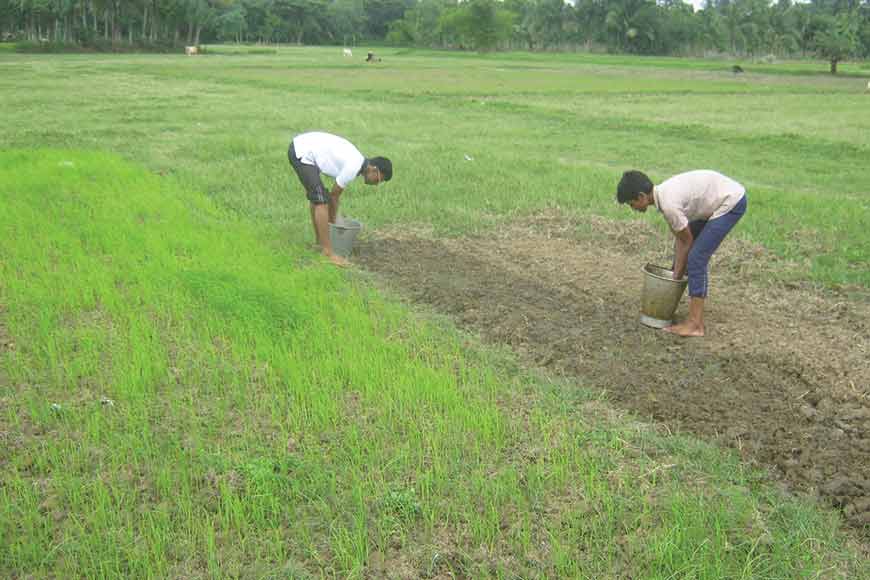
By then, I was in touch with IIT Kharagpur. They showed interested in the Nutritional Value of indigenous paddy. Many research scholars of different universities had started experimenting with vermicompost fertilizers and folk varieties of paddy. With spread of awareness, even consumers turned aware of the ill effects of fertilizers and chemical polish of rice. Despite being a tad bit costly, they too started buying Organic Rice, the healthy daily meal option. As consumer demand increased, so did the volume of farmland taken under organic paddy cultivation. In Siliguri for example around 4,000 hectares started cultivating 6 types of indigenous paddy including Kalo Nunia, Kerala Sundari, Chamatkar and Mulliphulo. Even neighbouring states like Jharkhand got influenced by our endeavour and started cultivating indigenous Bengal paddy like Radha Tilak, Bohurupi, Kalabhaat, Khara (a special paddy whose leaves are purple and rice is red), Balam (fine grained), Adanchilpa (red aromatic rice) and Red Dudheshwar.
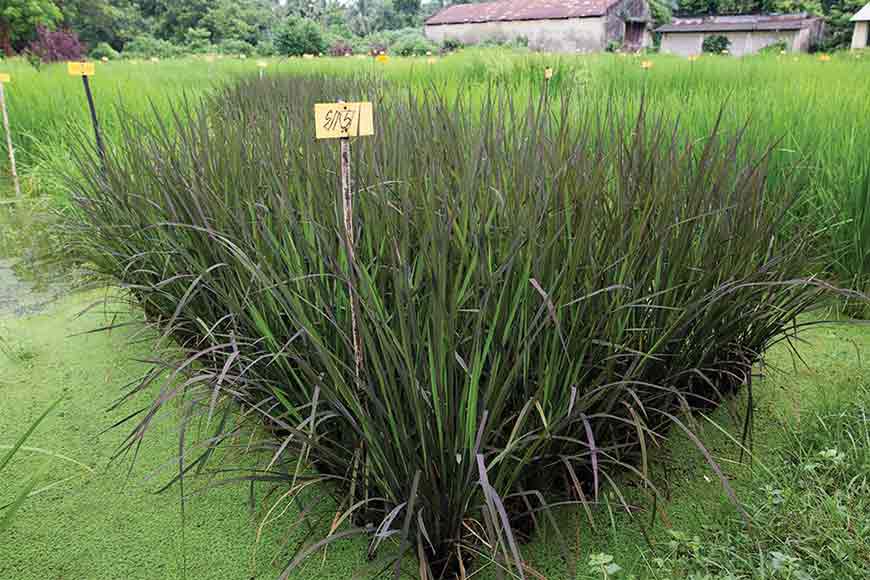
I realized to spread such cultivation further, we need to build up more seed banks, atleast 26-30, that can run as farmer cooperatives. Since 2010, even use of organic fertilizers have stopped in Phulia. The paddy varieties are doing fine even in one inch water flooded fields. The yield is quite high and most varieties are insect resistant too. To make the entire model sustainable we have even introduced at Phulia 24-KW solar panels, so that we can use renewable energy sources. I wish everyone will take up indigenous paddy cultivation and save generations from disease and death caused due to consumption of chemical poison laden food.






